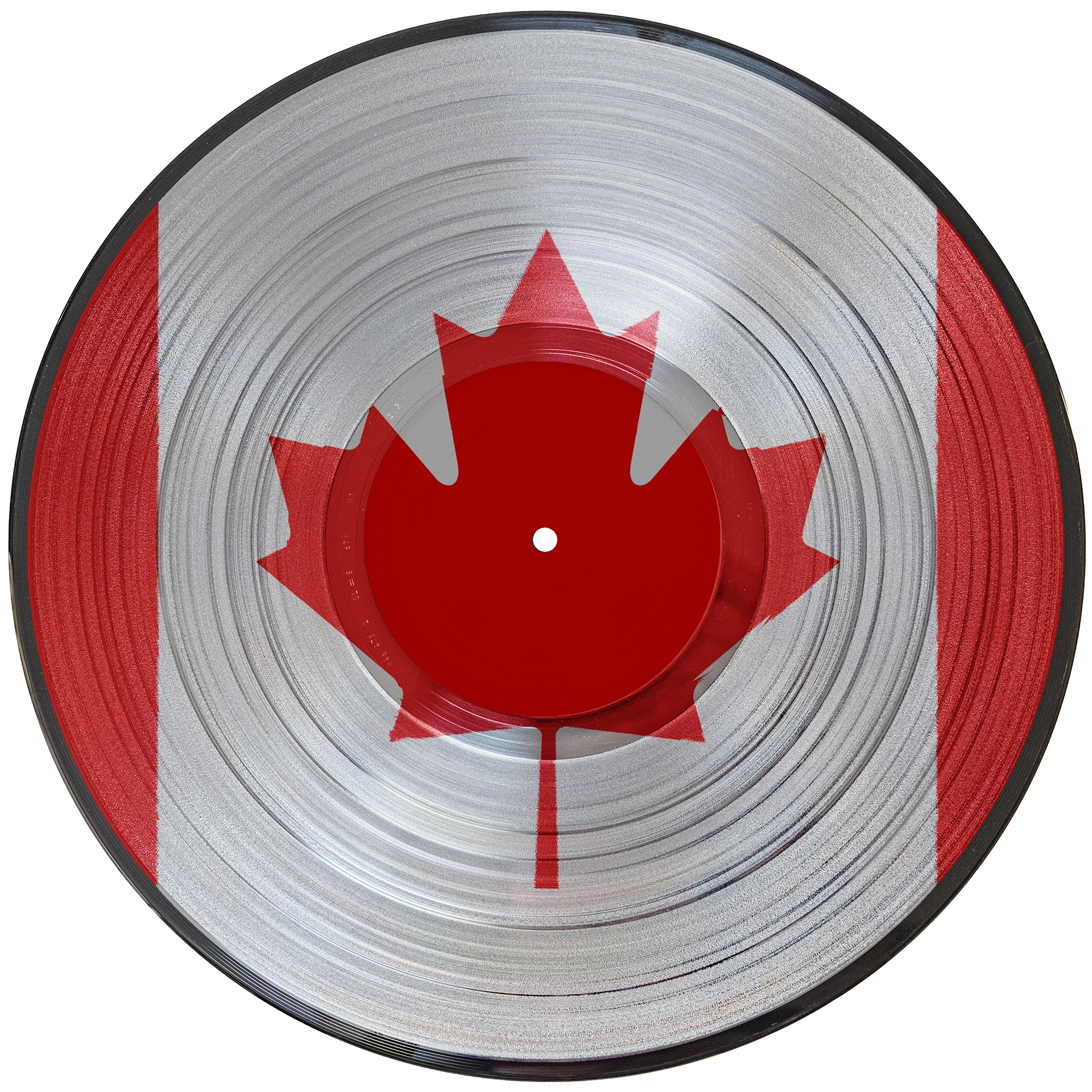Welcome to the Fifth Edition of Our Canadian Music Through the Decades Series!
In this edition, we’re diving into the late ’90s. This period marked a golden era for Canadian music, with homegrown artists making waves both domestically and internationally. From iconic female voices to vibrant indie scenes and unforgettable live performances, this half-decade was a celebration of Canadian creativity. Let’s take a trip back in time and explore the key highlights of the Canadian music scene from 1995 to 1999.
Canadian Women Take Over the World
During this period, Canadian women dominated the global music charts. Household names like Alanis Morissette, Shania Twain, Céline Dion, and Sarah McLachlan became some of the most popular and influential recording artists on the planet. Their success reached far beyond Canadian borders, resonating with millions worldwide.
Alanis Morissette’s Jagged Little Pill (1995) solidified her as an alt-rock powerhouse, while Shania Twain’s country-pop crossover hits, especially from her album Come On Over (1997), broke international records. Céline Dion’s soaring ballads, including the iconic “My Heart Will Go On” from Titanic (1997), captivated listeners across the globe, further establishing her as a timeless vocal talent.
Sarah McLachlan not only won hearts with her ethereal voice but also made history with the all-female Lilith Fair tour, challenging norms and silencing critics who doubted the viability of a women-only music festival. Lilith Fair was a milestone moment, celebrating the immense talent of women artists and proving that female-led tours could draw massive crowds and break records.
But it wasn’t just these musical powerhouses that shone. Deborah Cox’s 1998 hit “Nobody’s Supposed to Be Here” set a Billboard record as the longest-running chart-topper on the R&B charts, and Jann Arden’s emotional ballad “Insensitive” became a major international success, showcasing the diversity of Canadian talent on the world stage.
The Indie Scene Thrives
While pop and ballads dominated the airwaves, Toronto’s indie rock scene thrived in the late ‘90s. Legendary venues like the Horseshoe Tavern, El Mocambo, and Lee’s Palace nurtured rising Canadian bands. Acts like Barenaked Ladies, The Watchmen, Skydiggers, The Lowest of the Low, and Our Lady Peace built their reputations through grassroots efforts and developed loyal followings with their DIY approach.
Many of these bands progressed from the indie club circuit to larger venues like Massey Hall, where they enjoyed the fruits of their hard-earned success. The late ‘90s Canadian music landscape was defined by this intimate connection between indie bands and their fans, offering a stark contrast to the polished pop dominating the charts.
One of the most iconic bands of the era, The Tragically Hip, began to gain international attention after a stellar performance at the 1988 Toronto Music Awards. By the mid-‘90s, The Hip had become a national treasure, playing nine unforgettable shows at Massey Hall and packing venues across the country. The band’s poetic lyrics and electrifying live performances became emblematic of Canadian pride.
A Decade of Change and Legacy
As the 1990s came to a close, Canadian music had firmly cemented its place on the global stage. From pop superstars to indie trailblazers, the talent that emerged from the Great White North during this era was undeniable. Artists like Sarah McLachlan changed the industry with groundbreaking events like Lilith Fair, while bands like The Tragically Hip and Barenaked Ladies brought Canadians together with their authentic, unifying performances.
The late ’90s were a time of transformation and success for Canadian music, proving the depth and diversity of the country’s artistic landscape. This legacy continues to inspire musicians today, both in Canada and around the world.
Relive the magic of the late 1990s by diving into the sounds that defined this unforgettable era in Canadian music history!

